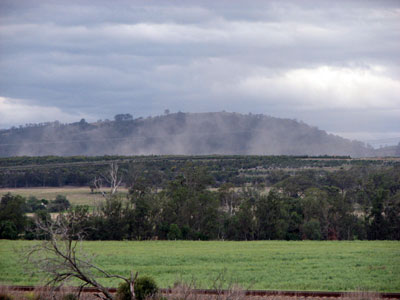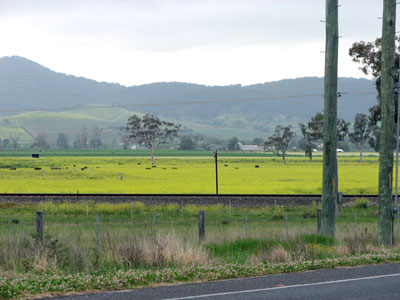Now that the sun is back to having the full sweep of the sky for rising and setting, it’s reaching windows that have not been sunstruck for months.
Even through my closed eyelids, somehow I know that the morning sunlight has snuck over the ridge to the east and is stroking the edges of my bedspread, browsing over my wall of books — and implying I ought to be up.
Given that I only like to work outdoors in the cooler ends of summer days, usually I take the hint and arise. I’ll spend a couple of hours raking horse manure or reclaiming parts of the yard that have been neglected over this last busy year. Then I feel I deserve breakfast.
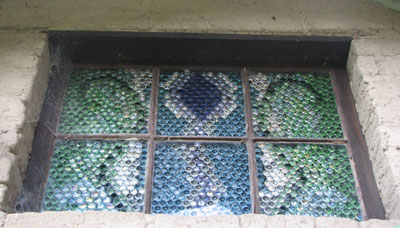
Later in the day the sun is now lighting up a fixed window high under the western gable. It was a plain multi-paned window, decorated only with fly spottings until I got the bright idea of filling in the panes it with those flat-backed iridescent glass beads sold in bargain shops.
On the inside, I glued them on with clear silicone into a vaguely Arabic-cum-Art Nouveau pattern in cool colours, thinking this would create a cooling impression. However, the iridescence proved to be only evident from the outside, and really only in summer when the sunlight was low and bright enough to reach it.
I also thought the extra glass layer might increase the insulating qualities of the window, but when I indulge in this sort of nest-decorating behaviour, I can always find a practical reason why I must do it ahead of pressing work. Once it’s done, the visual pleasure it gives me is reason enough.

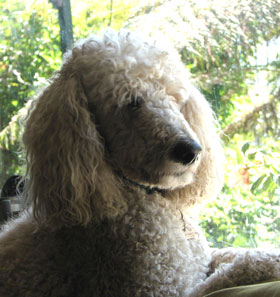
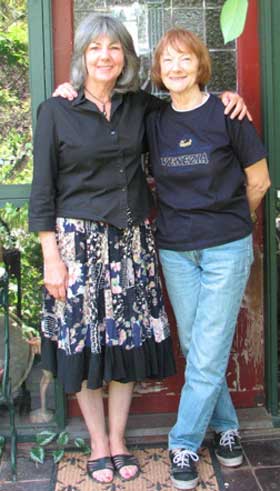 While in Victoria I spent an amusing few hours on a community radio (3MDR) show with host Ann Creber. This dynamic pixie of a woman also hosted me for several days at her home, which she shares with husband David, two large poodles, Nina and Georgie, and hundreds of antique dishes and pots and pans — props for her food photography styling — plus more modern gear for menu testing as well as cooking for her ‘Whispers of Provence’ lines of preserves, jams and vinegars.
While in Victoria I spent an amusing few hours on a community radio (3MDR) show with host Ann Creber. This dynamic pixie of a woman also hosted me for several days at her home, which she shares with husband David, two large poodles, Nina and Georgie, and hundreds of antique dishes and pots and pans — props for her food photography styling — plus more modern gear for menu testing as well as cooking for her ‘Whispers of Provence’ lines of preserves, jams and vinegars.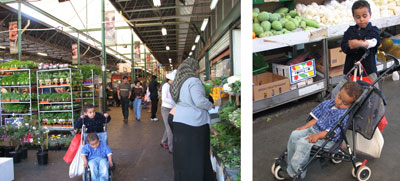
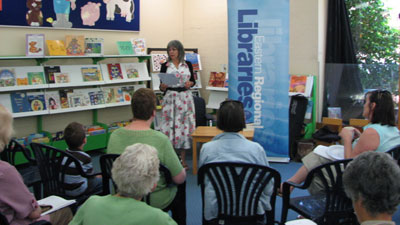
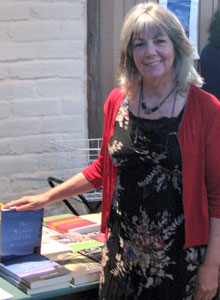 At the marvellous mudbrick Eltham Library they nibbled on cheese and bickies and sipped wine in an equally civilised manner. Hot question times followed, and at Eltham we only stopped because the library was closing.
At the marvellous mudbrick Eltham Library they nibbled on cheese and bickies and sipped wine in an equally civilised manner. Hot question times followed, and at Eltham we only stopped because the library was closing.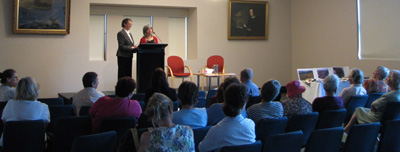
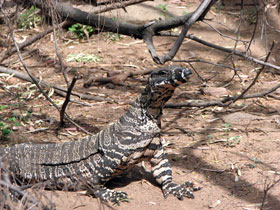
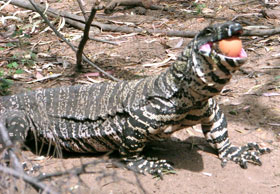
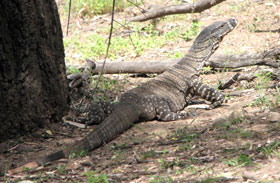 I haven’t seen goannas on my mountain, but they are quite common in many places. This one, the Lace Monitor, is the only type I’ve ever seen, mostly in sandy areas.
I haven’t seen goannas on my mountain, but they are quite common in many places. This one, the Lace Monitor, is the only type I’ve ever seen, mostly in sandy areas.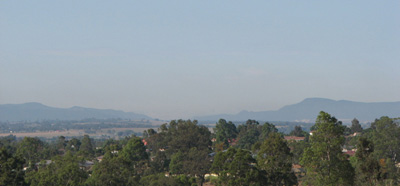
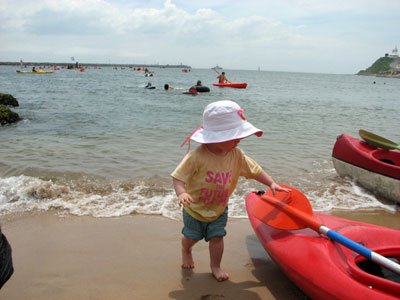
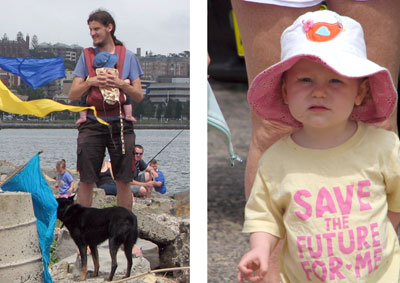
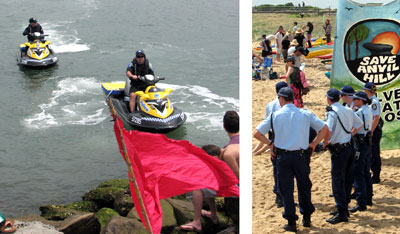
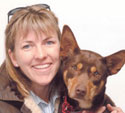 Thanks to Rachael Treasure for her kind remarks about The Woman on the Mountain on her entertaining website,
Thanks to Rachael Treasure for her kind remarks about The Woman on the Mountain on her entertaining website, 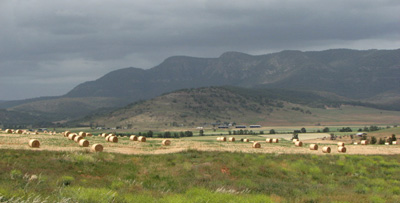
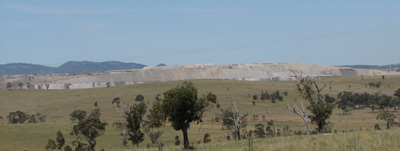
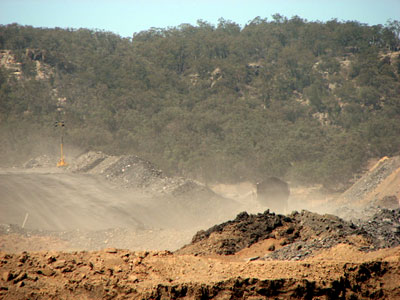
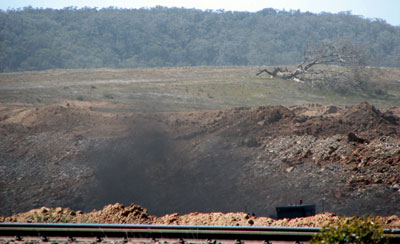
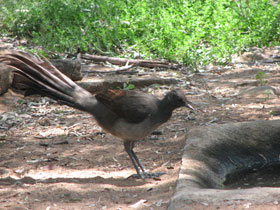
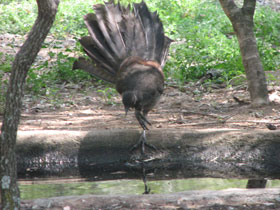
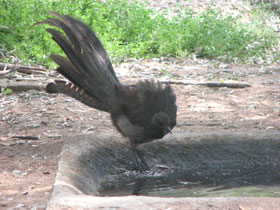
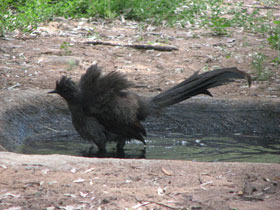 Friends of mine live in a dry sandy valley nestled up against curving sandstone ridges. There is plenty of cover for birds in the thick understorey of flowering native shrubs, and beneath them is mainly sticks and bark and rocks and sand, with little grass.
Friends of mine live in a dry sandy valley nestled up against curving sandstone ridges. There is plenty of cover for birds in the thick understorey of flowering native shrubs, and beneath them is mainly sticks and bark and rocks and sand, with little grass.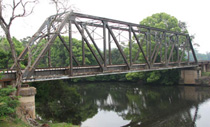 This gave me a novel experience – being awoken by the dinging of the level crossing bells before being shaken by the rising roar of the train as it belted past and over the metal bridge. The house is built of steel, on big recycled steel posts, deeply embedded in the ground on rubber-topped pads. The train tremor reverberates through the whole house and the bodies of its inhabitants. Yet this was a thrill rather a worry: the place felt extremely secure and I went back to sleep each time.
This gave me a novel experience – being awoken by the dinging of the level crossing bells before being shaken by the rising roar of the train as it belted past and over the metal bridge. The house is built of steel, on big recycled steel posts, deeply embedded in the ground on rubber-topped pads. The train tremor reverberates through the whole house and the bodies of its inhabitants. Yet this was a thrill rather a worry: the place felt extremely secure and I went back to sleep each time. On the last day of the Muster, we were taken by the Kendall Historical Society up into the mountains behind the village, for a walk along the old Longworth Logging Tramway.
On the last day of the Muster, we were taken by the Kendall Historical Society up into the mountains behind the village, for a walk along the old Longworth Logging Tramway.